Every time she went to Co Phuong cave, Mrs. Ngoat called out their names, the people in their prime who had remained in the majestic, overlapping mountains and forests, allowing independence and freedom to blossom and bear fruit.

Ms. Nguyen Thi Ngoat revisits Co Phuong cave.
With her hair already gray and her back bent, Mrs. Nguyen Thi Ngoat (born in 1932), from Thieu Nguyen commune (Thieu Hoa), the only survivor of a squad of 13 frontline laborers after the brutal bombing of Co Phuong cave by the French in 1953, still has intact tragic but heroic memories of a time of war. Trembling as she steps up the stone steps, her wrinkled hands touch the stele, she calls out each person's name, and tears flow again.
On the morning of April 2, Quan Hoa district solemnly held a memorial service to commemorate the 71st anniversary of the martyrs' sacrifice at Co Phuong cave. At the ceremony, delegates and people offered flowers and incense to commemorate the martyrs. Previously, on the afternoon of April 1, the district held a requiem ceremony and released flower lanterns on the Ma River to commemorate the martyrs who sacrificed their lives in Sai village, Phu Le commune. |
Mrs. Ngoat said that year, near the Lunar New Year of Quy Ty in 1953, she and more than 130 people from Thieu Hoa enthusiastically registered to join the frontline labor force, serving the Upper Laos Campaign. Everyone was eagerly waiting for the New Year to quickly pass so they could leave, with a firm oath "Determined to die for the Fatherland, determined to live".

National historical revolutionary relic site Co Phuong cave.
And the day of departure came, that was January 21 (May 6, 1953), she and more than 130 young people were organized into 3 platoons, leaving their hometown Thieu Hoa to Quan Hoa, Van Mai to serve the campaign. Everyone in the group was eager with the spirit of "All for the front line, all for victory".
At that time, traffic was difficult. More than 10 days later, those young men were present at the construction site of Van Mai bridge and road ( Hoa Binh ), starting to organize basket weaving and carrying stones to build bridges and roads, serving the traffic connecting the Thanh Hoa rear to the Upper Laos region to support the army defeating the French.
At that time, the construction site was bustling with the urgent atmosphere of our soldiers going to battle, of the youth volunteers transporting food and ammunition, of the frontline laborers breaking rocks to open roads, leveling bomb craters regardless of day or night, rain or shine.

Mrs. Ngoat offered incense in memory of her comrades who will forever remain in Co Phuong cave.
On March 31, 1953, Mrs. Ngoat and the labor group of Thieu Hoa district were assigned to build Phu Le bridge (Quan Hoa), about 10km from the old construction site. Whether in Van Mai or in Phu Le, Mrs. Ngoat was younger, hard-working and diligent, so the squad leader assigned her to cook and wash clothes for the squad. Every day, in addition to the food provided, she still went into the forest, waded through streams to pick more vegetables and catch more fish to improve the squad's meals. In the evening, she still went to the construction site to work.
During the Upper Laos Campaign, Thanh Hoa province became a direct and important rear base, ensuring more than 70% of food needs. During this campaign, our province mobilized 113,973 long-term laborers and 148,499 short-term laborers, 2,000 bicycles, 180 horses, 08 cars, 1,300 boats,... |
Located next to this road, Co Phuong cave (also known as Co Phuong cave), in Thai language means star fruit tree cave, located in the heart of Po Ha mountain, in Sai village, Phu Le commune, is both a warehouse, a military food station, and a shelter for soldiers, youth volunteers, and frontline laborers... Due to its important location, this area was often patrolled and bombed by French colonialists. Therefore, our work of building bridges and roads, transporting food and ammunition often took place at night to keep it secret.

Every time she comes, Mrs. Ngoat cries about her comrades.
“Our entire squad stayed in Co Phuong cave during the day. At night, we went to the construction site to work. And we were only there for one day. The next day (April 2), the tragic massacre happened,” Ms. Ngoat recounted.
According to Mrs. Ngoat, at around 12 noon on April 2, the French sent helicopters to hover close to the treetops in the Sai village area. At around 3 pm, they sent 6 more planes to bomb and fire.
“At that time, I was still washing clothes for my brothers and sisters at the stream, not far from Co Phuong cave. When the bombs stopped, I ran back to the cave, unable to believe the scene before my eyes. Right at the cave entrance was a person injured by a rock (died on the way to the hospital for treatment - PV). The cave entrance was blocked, 11 members of the squad were crushed by rocks inside. I cried out for my brothers and sisters, then fainted,” she stopped her story, then used her hand to wipe away the wet tears.

The stele recording the names of the frontline laborers still remains in Co Phuong cave.
After that massacre, the engineering troops and other forces discussed a plan to break open the cave. But no machine could pull out those dozens of tons of stone slabs. And if explosives were used, it would be uncertain whether the people inside could be saved because the pressure from the explosion was too great. Moreover, according to Ms. Ngoat, the inside of Co Phuong cave is very narrow, the dome opens up to the sky, the French dropped two bombs on both sides of the cave causing it to collapse completely... Therefore, 11 frontline laborers stayed there. They were all from Thieu Nguyen commune.

Mrs. Ngoat attended the prayer ceremony for martyrs who died in Phu Le commune.
Peace, this is the 5th time Mrs. Ngoat has visited Co Phuong cave, lit candles and incense to remember her comrades who fell in the bombing that year. Every time, she still calls their names, the people who left their youth in the majestic, overlapping mountains and forests so that independence and freedom can blossom and bear fruit.
This time, too, she called each person by name, as she had called them to come home for dinner in the old days: “My three brothers and eight sisters! Brother Hoang, brother Phuoc, brother Toan! Sister Dieu, sister Hoi, sister Mut, sister Thiem, sister Toan, sister To, sister Van, sister Vien! Sister Ut Ngoat is here with you!” Then she crouched down, sobbing, her two hands leaning on the rough rock.

Releasing flower lanterns on the Ma River to commemorate martyrs who died in Sai village, Phu Le commune.
Mrs. Ngoat said, of the 11 martyrs who died, 3 were married and had children in their hometowns. The 2 women who were newly married and pregnant were Toan and Hoi.
Later, several conferences were held with the participation of the martyrs' relatives to discuss the plan to exhume their remains and return them to Thieu Nguyen's hometown for burial. The opinions reached a consensus to maintain the status quo, so that the 11 martyrs can rest in peace in the green and majestic mountains and forests.
And, Po Ha mountain, where Co Phuong cave is located, has become a common grave for 11 brave children who passed away at a young age.

Ms. Nguyen Thi Ngoat and delegates attended the 71st anniversary memorial service for martyrs who died at Co Phuong cave.
In 2019, Co Phuong Cave was ranked as a National Revolutionary Historical Relic Site by the State. It is a symbol and traditional site, marking the brave fighting spirit and willingness to sacrifice blood for the independence and freedom of the Fatherland, for the happiness of the people of the previous generations.
It is also a shining symbol of patriotism, the spirit of "Determination to die for the Fatherland", of the spirit of "All for the frontline, all for victory" of the youth volunteers and frontline laborers of Thanh Hoa province.
The victory of the Upper Laos Campaign of the Lao-Vietnamese coalition on May 3, 1953 opened a new phase for the Lao revolution, and created strategic advantages for us to advance and win in the 1953-1954 Winter-Spring Campaign and the Dien Bien Phu Campaign. At the end of the campaign, Thanh Hoa was awarded the flag "Best Frontline Service" by Uncle Ho... |
One day after that bombing, Mrs. Ngoat and the frontline laborers in Thieu Hoa were allowed to return home. After staying home for about half a month, she enthusiastically registered to join the youth volunteer force to transport food and ammunition from Nho Quan (Ninh Binh) to Hoa Binh, then joined the rice cart to help our army defeat the French at the Dien Bien Phu battlefield. It was not until 1957 that she returned home to start a family.
For her, as long as she was young and her country needed her, she was ready to go. Women and girls who were weak and could not hold guns to fight the enemy, built roads, transported food, carried ammunition... all contributed significantly to the victory.
And on those roads, Co Phuong has engraved in her heart, although tragic but very heroic. It is an immortal epic, where she confided her soul, ideals, containing memories of her youth...
Do Duc
Source


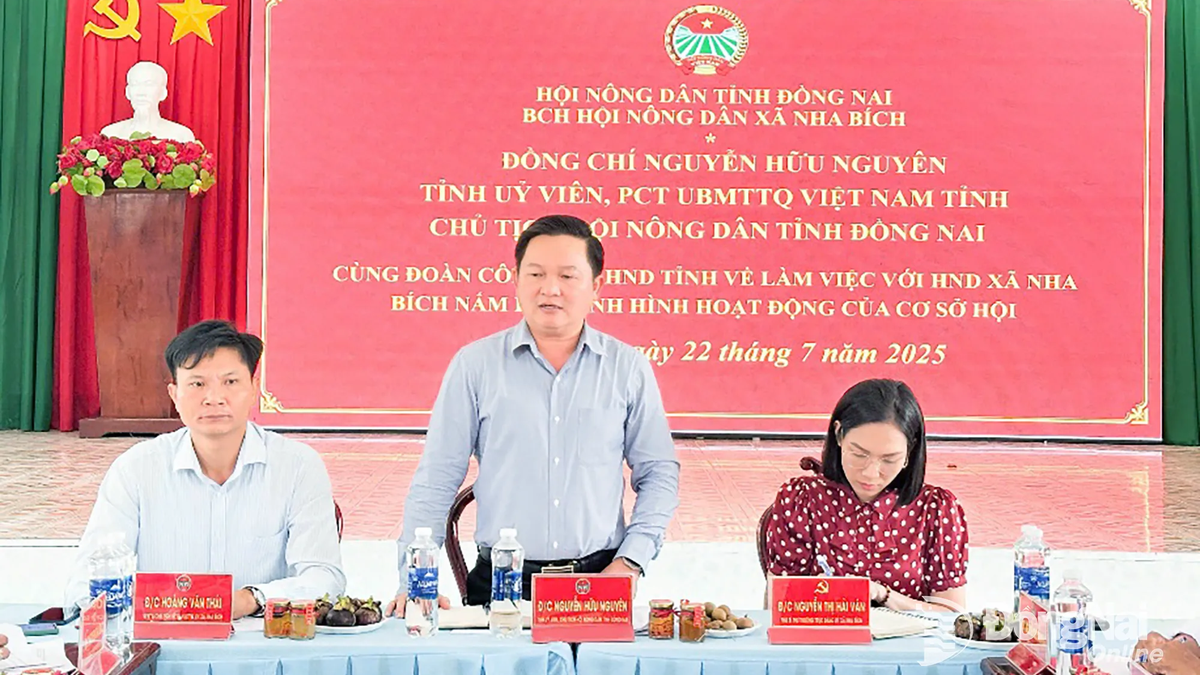
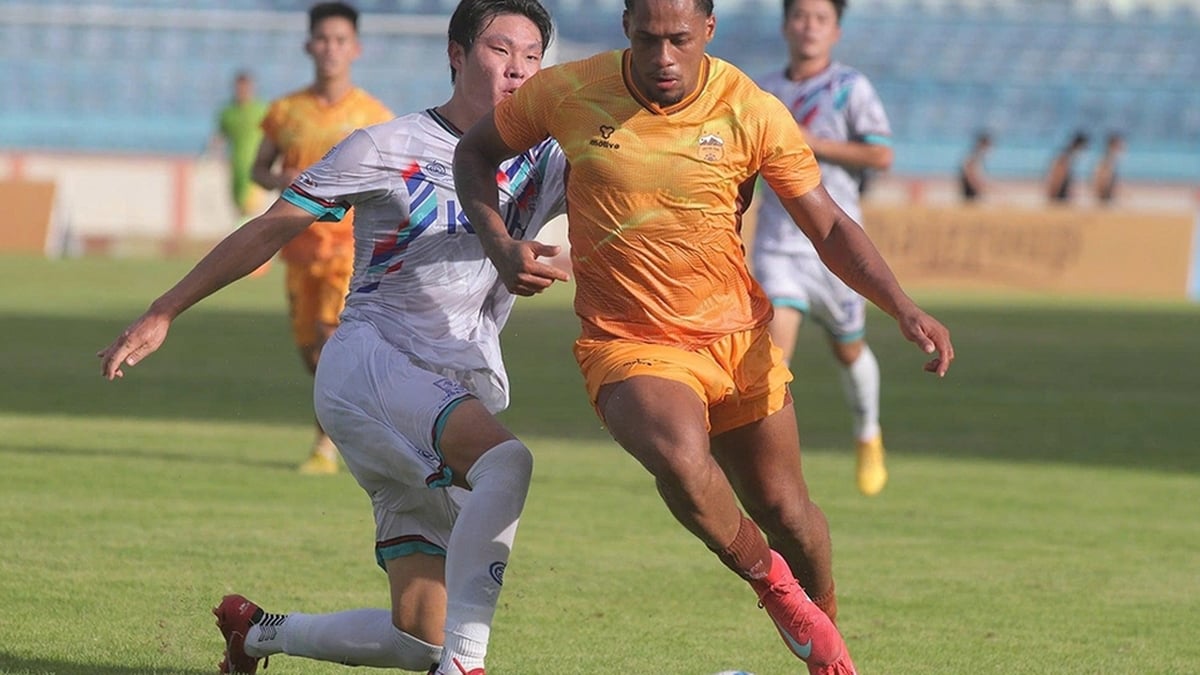
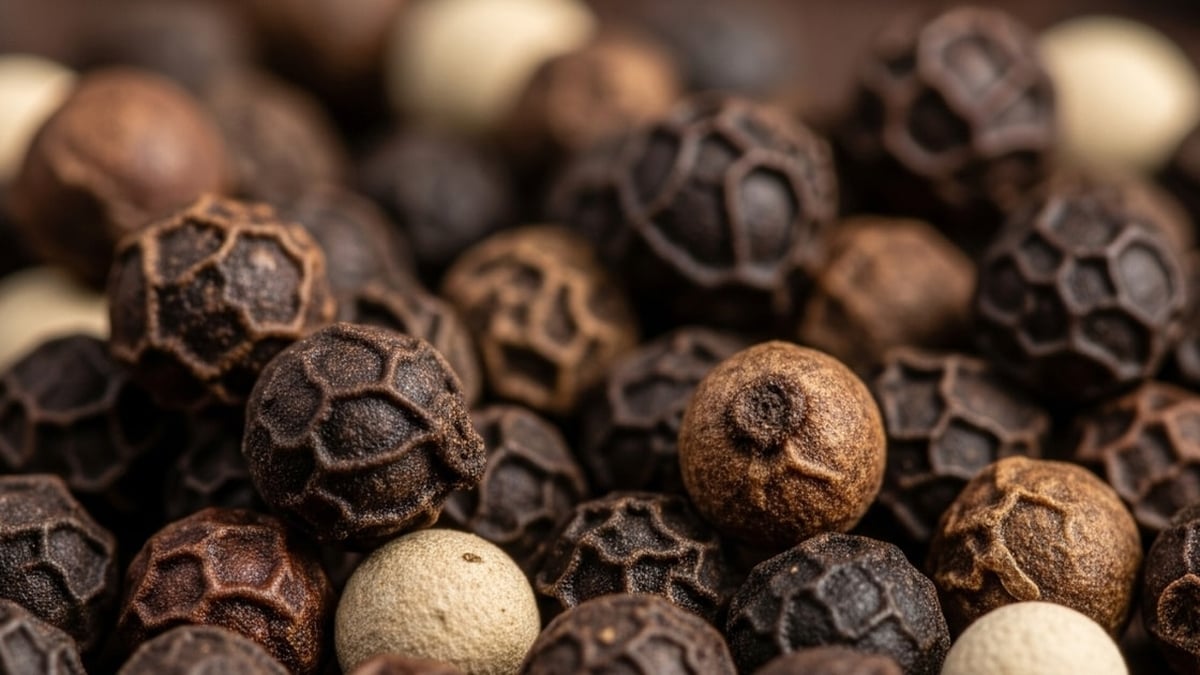


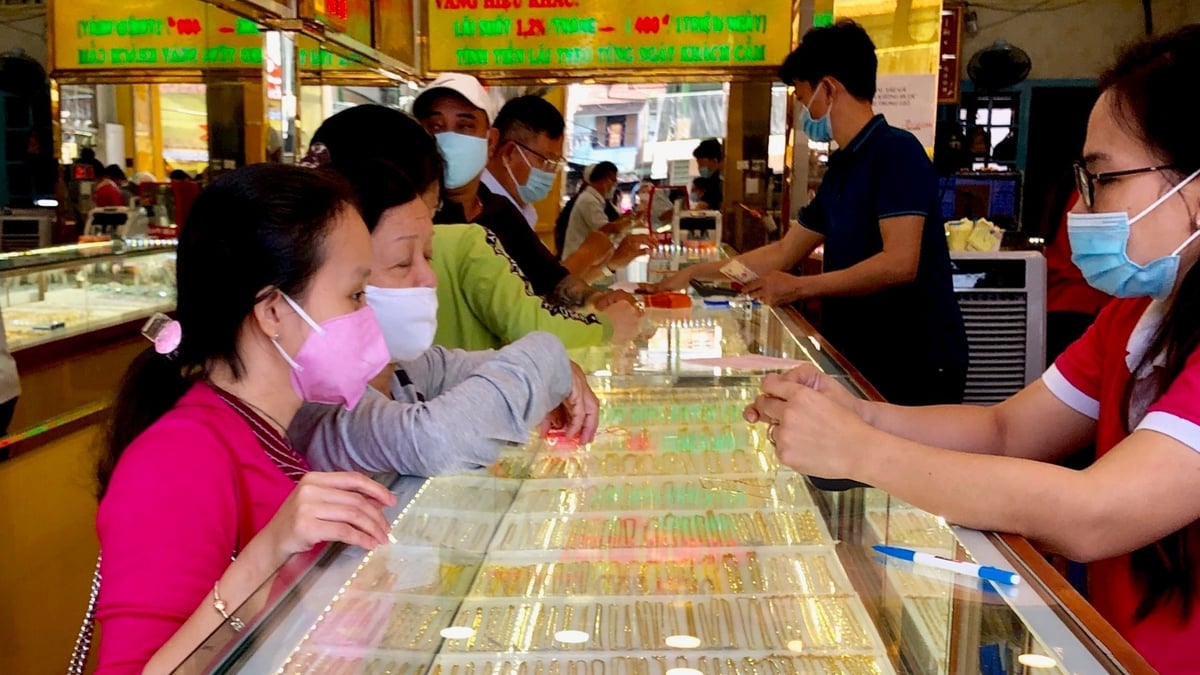
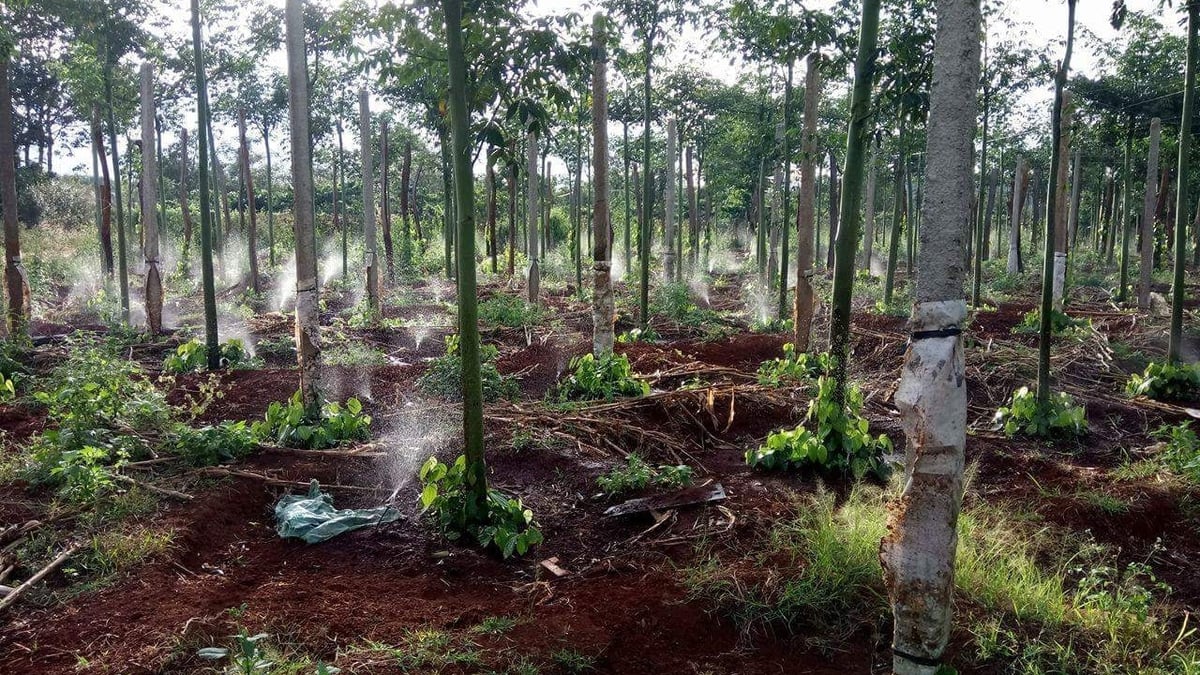
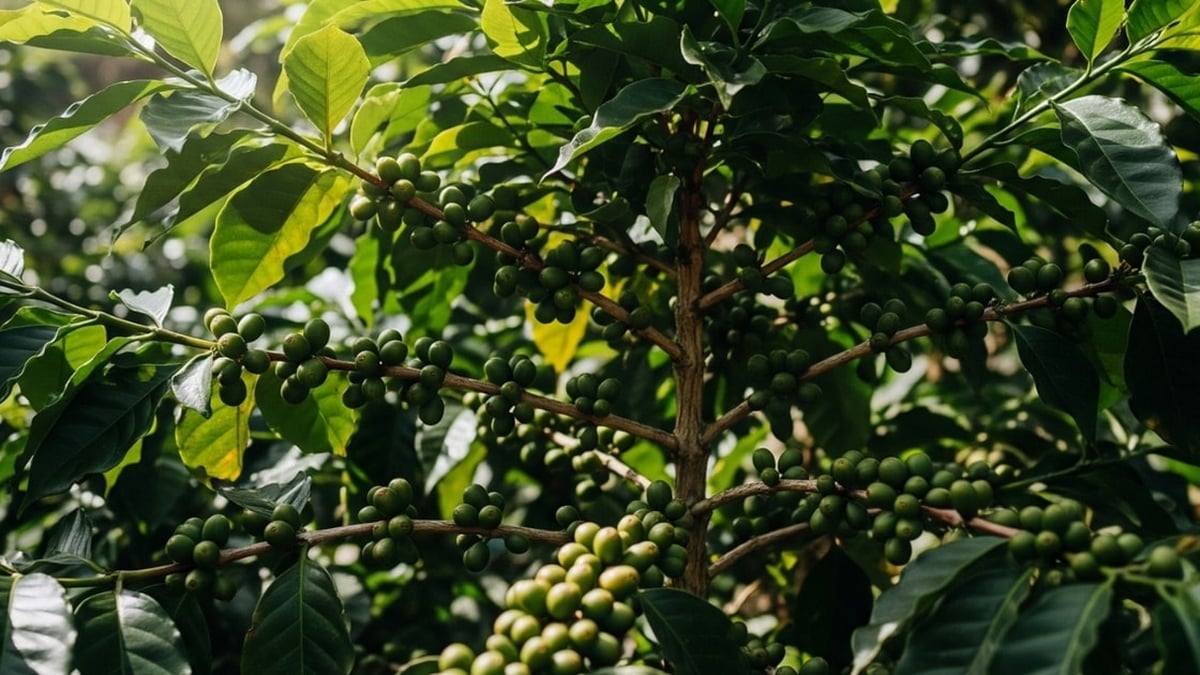

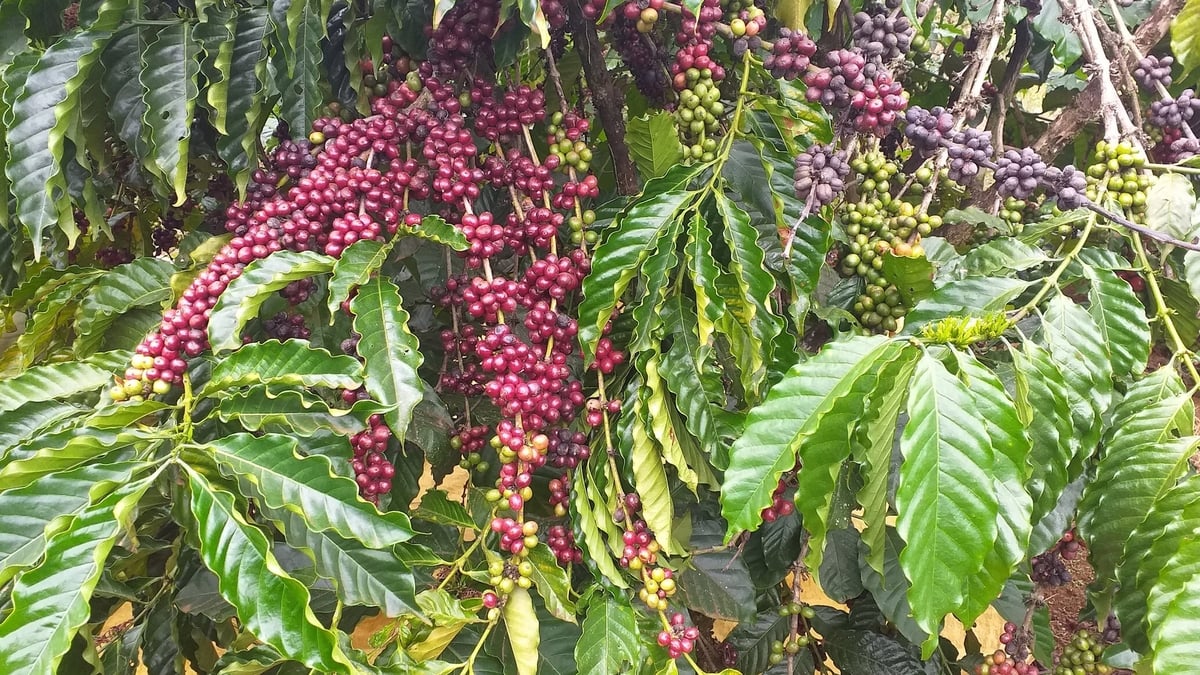










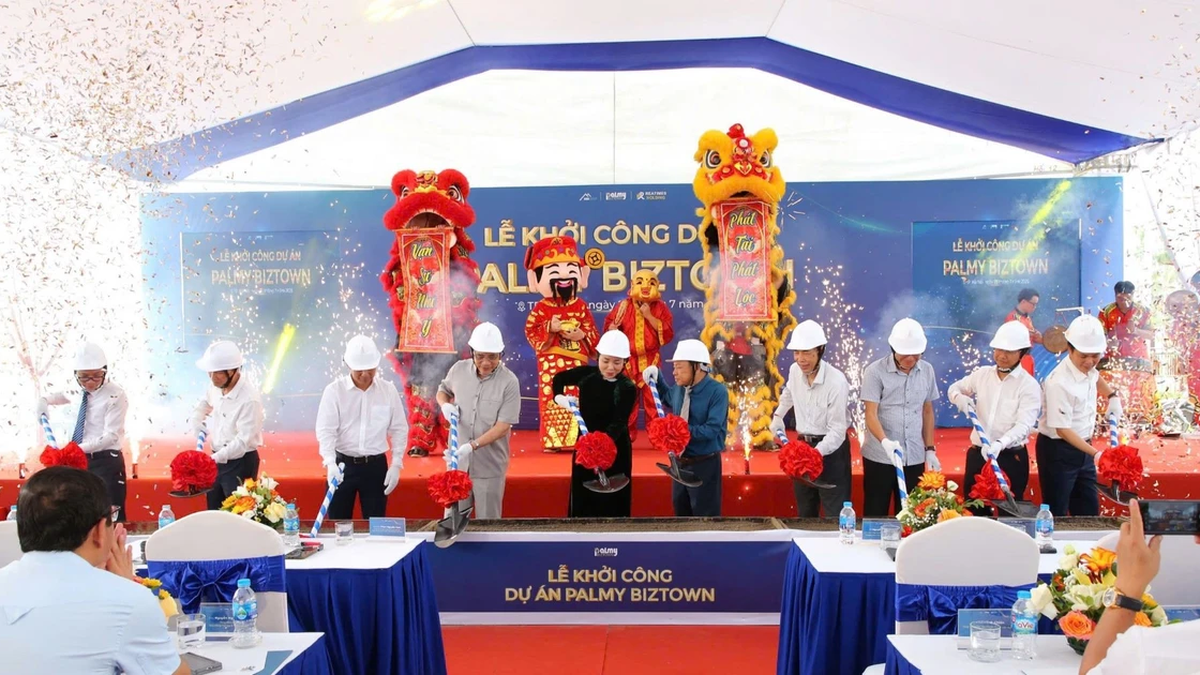



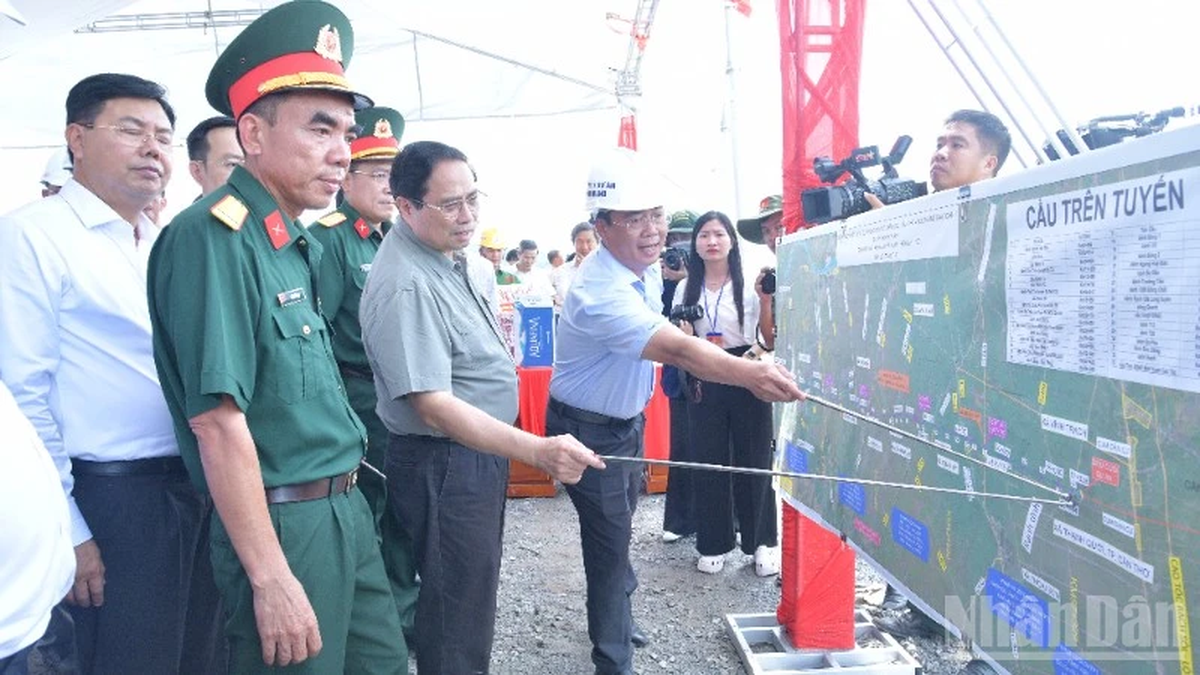
![[Infographic] Vietnam-Senegal traditional friendship](https://vphoto.vietnam.vn/thumb/1200x675/vietnam/resource/IMAGE/2025/7/23/4c96a604979345adb452af1d439d457b)
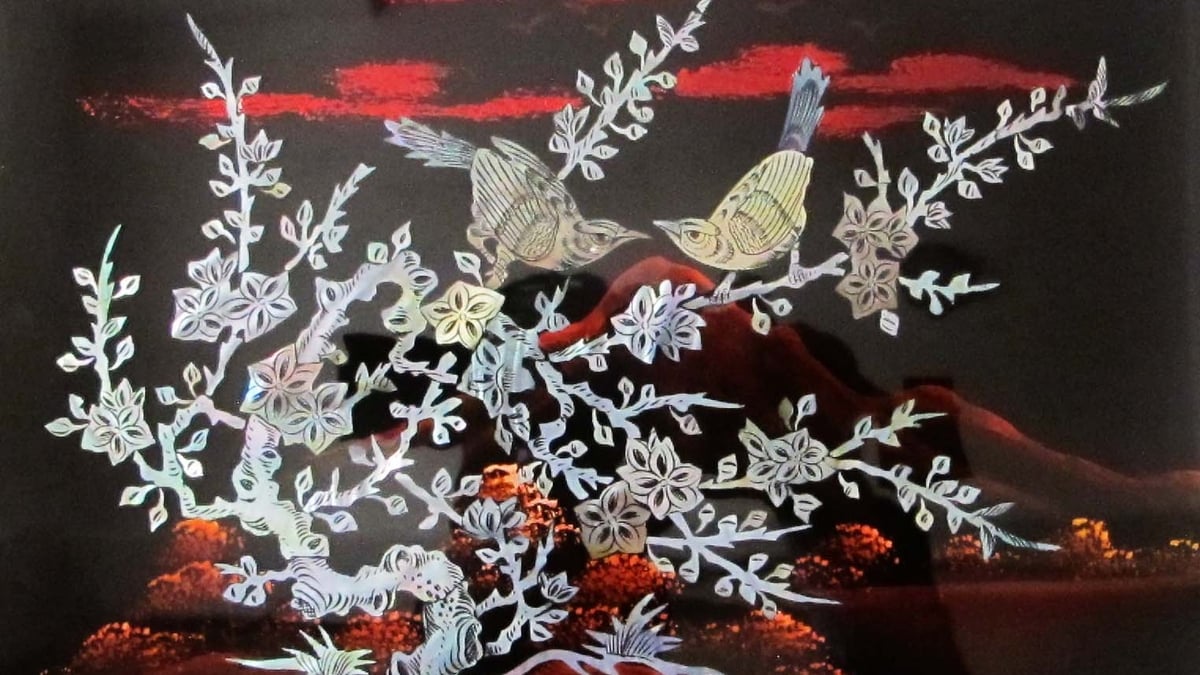





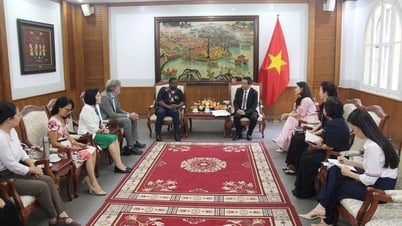

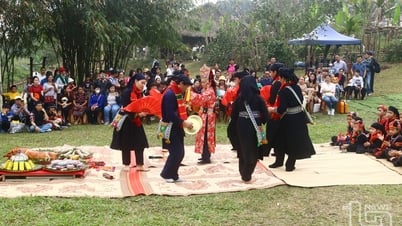
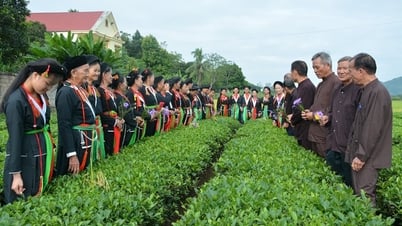

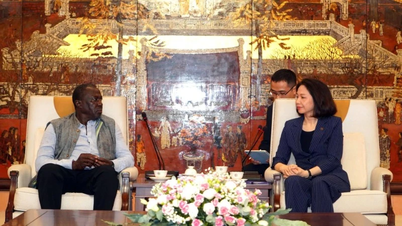

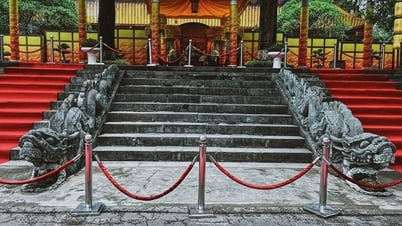






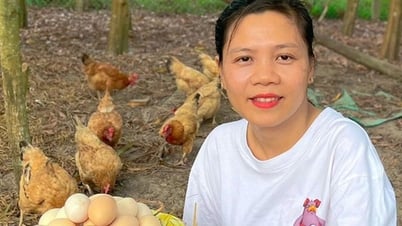





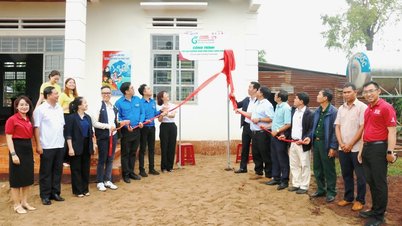


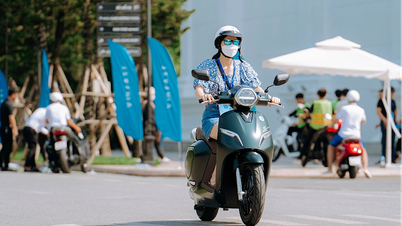


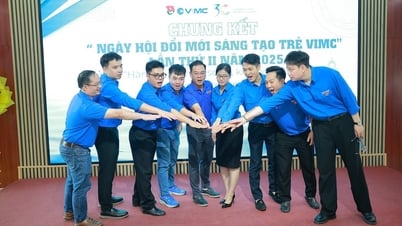
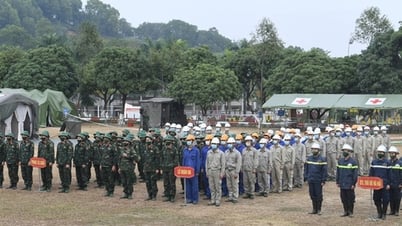

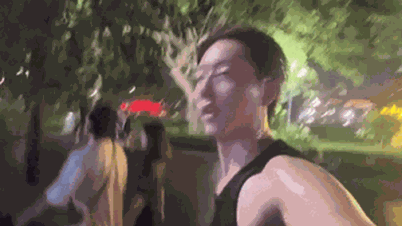



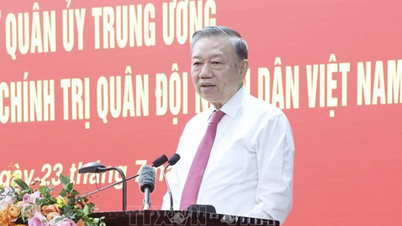



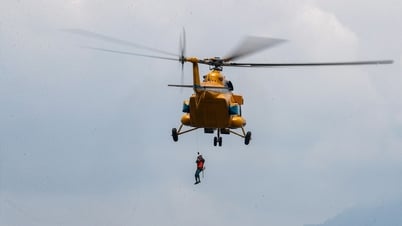

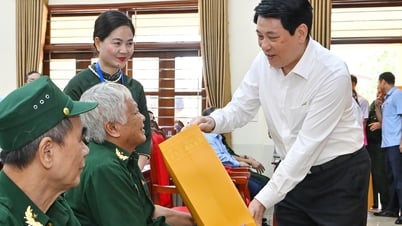

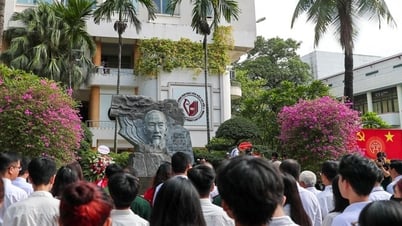

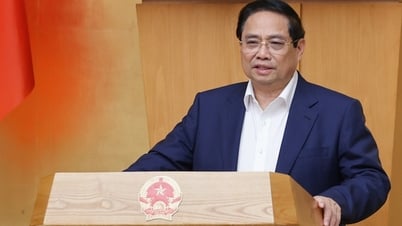
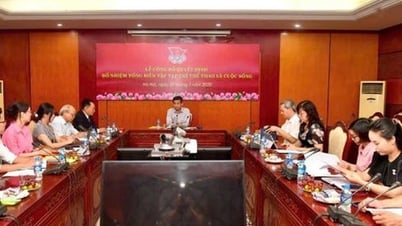
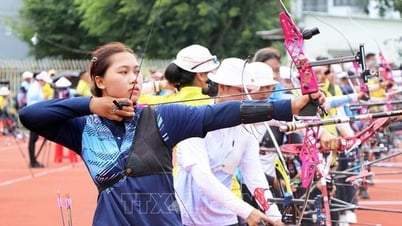








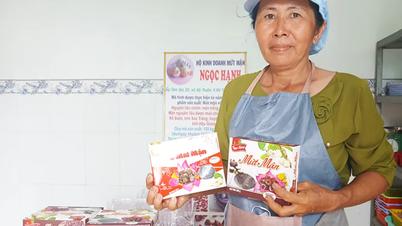

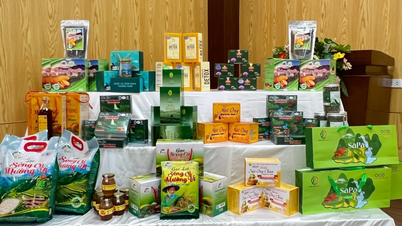

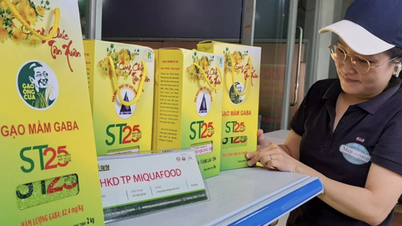

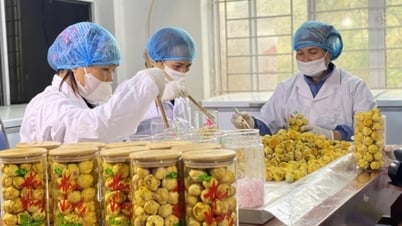

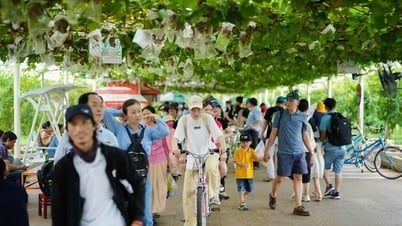





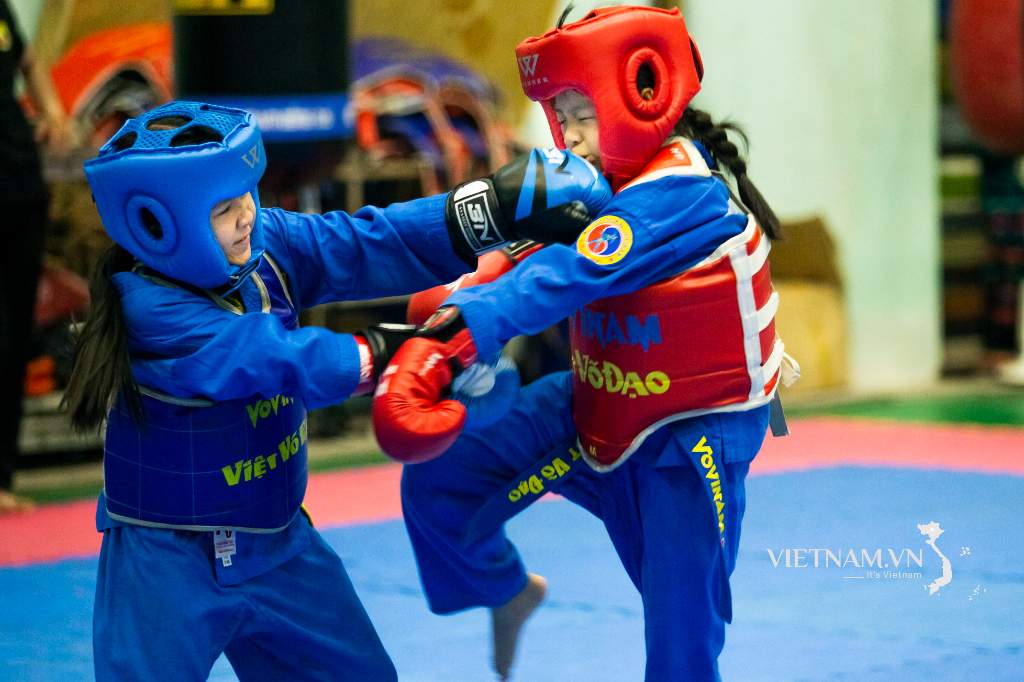

Comment (0)